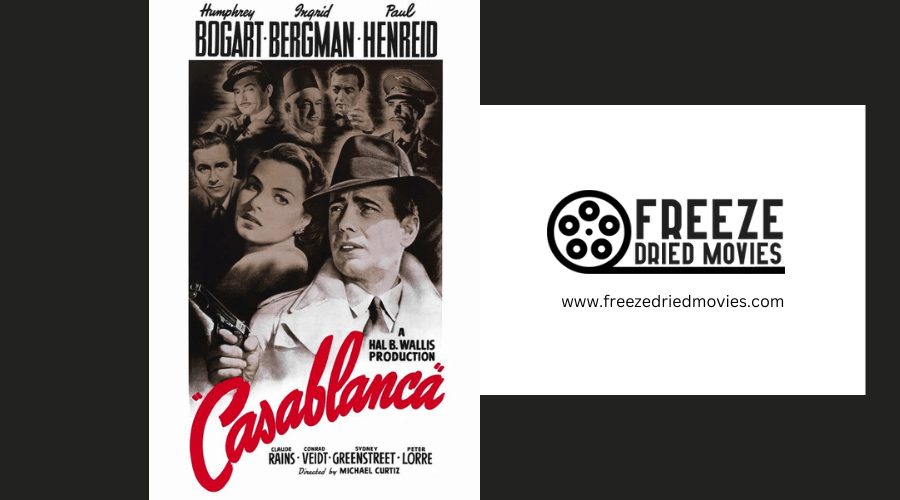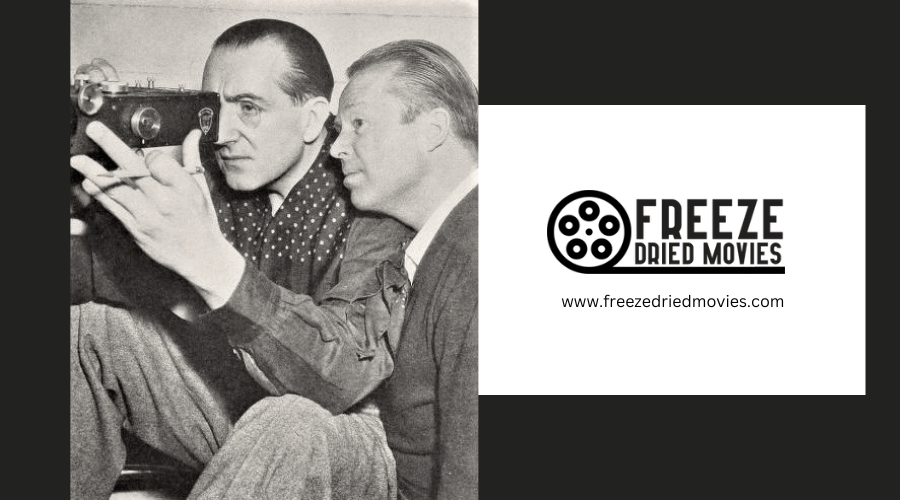What Was the Role of Women in 1940s Horror Cinema?
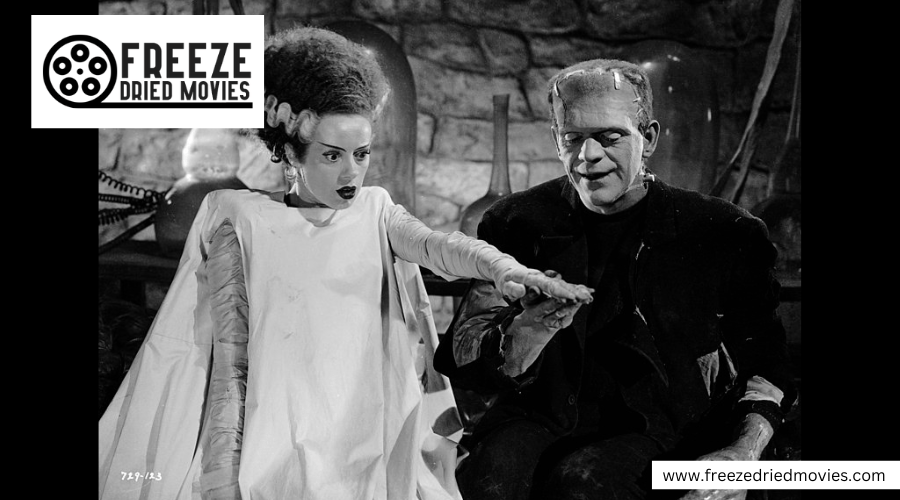
In 1940s horror cinema, women often portrayed roles that were both vulnerable and influential. Actresses like Elsa Lanchester and Gloria Holden were pivotal, portraying characters that added complexity and depth to the genre.
Lanchester's portrayal of the Bride of Frankenstein introduced a sympathetic monster, while Holden's role in 'Dracula's Daughter' depicted a vampire torn by her condition. These performances not only challenged the typical victim stereotype but also subtly introduced feminist themes, contributing significantly to the genre's development and prompting a reevaluation of women's roles in horror films.
This nuanced approach advanced the narrative impact of women in horror cinema during the decade.
Early Horror Film Heroines
In 1940s horror cinema, women like Elsa Lanchester and Gloria Holden redefined traditional roles by not only confronting but also embodying iconic monsters. Lanchester's portrayal in 'The Bride of Frankenstein' exemplifies this shift, as she plays both a monster and a bride, adding depth and complexity to her characters. Similarly, Holden's performance in 'Dracula's Daughter' challenges the typical villainess role by adding layers of sympathy and conflict.

Women of this era didn't limit themselves to the roles of victims or side characters. Actress Rosemary La Planche is notable for her roles where her characters actively rescued their male counterparts, subverting the usual damsel-in-distress narrative. These performances not only enriched the genre but also offered audiences a new perspective on female agency in horror films.
Off-screen, these actresses faced numerous challenges, including sexual harassment and performing dangerous stunts. Virginia Christine's experience of being buried alive in mummy makeup for a film illustrates the extreme conditions some endured. Their perseverance in these roles demonstrated a commitment that went beyond mere acting, contributing to the foundational growth of strong female characters in horror cinema.
These pioneering women established a legacy that proved female characters in horror could embody both heroism and villainy with authenticity and impact, paving the way for future generations in the genre.
Stereotypes and Gender Roles
In 1940s horror cinema, despite their significant performances, women were often relegated to stereotypical roles, such as the helpless victim or the seductive femme fatale. These portrayals not only reinforced restrictive societal expectations of femininity, where women were either to be rescued or viewed with suspicion, but also mirrored the real challenges these actresses faced in a male-dominated industry. This industry influence predominantly shaped their roles on screen.
These actresses were frequently cast in roles that not only echoed the eerie settings of Gothic films but also paralleled the gender expectations of their time. They struggled against the stereotype that their value was more in their ability to scream rather than their acting prowess. Rather than being portrayed as complex protagonists, they were often reduced to mere plot devices designed to evoke sympathy or fear.
Through each scream and glance, these roles inadvertently perpetuated a limited and traditional view of womanhood. This practice wasn't merely about filmmaking; it reflected and contributed to maintaining a status quo that confined women to narrow roles of traditional femininity.
Iconic Actresses of the 1940s
Despite the constraints of stereotypical roles, actresses such as Elsa Lanchester and Gloria Holden stood out as iconic figures in 1940s horror cinema. Elsa Lanchester's role as the Bride in 'Bride of Frankenstein' is a milestone in the depiction of femmes fatales, creating a character that is both eerie and captivating. Similarly, Gloria Holden's performance in 'Dracula's Daughter' transcends the typical damsel in distress archetype, presenting a nuanced and eerie portrayal.
These actresses not only faced dramatic roles but also physical challenges during production. Virginia Christine endured being buried alive in makeup for 'The Mummy's Curse,' demonstrating the hazards and commitment required in horror filmmaking. Rosemary La Planche showed courage not just as a beauty queen but also as an actress, saving her co-star from the threatening 'Strangler of the Swamp.'
Here's a summary of these remarkable women and their memorable roles:
| Actress | Notable Role | Challenge Faced |
|---|---|---|
| Elsa Lanchester | Bride of Frankenstein | Embodied iconic femme fatale |
| Gloria Holden | Dracula's Daughter | Redefined damsel in distress |
| Virginia Christine | The Mummy's Curse | Survived being buried alive |
| Rosemary La Planche | Strangler of the Swamp | Confronted and overcame peril |
Their perseverance and dedication in overcoming on-set challenges not only highlighted their careers but also significantly influenced the horror genre.
Narrative Influence of Female Roles
Female roles in 1940s horror cinema were pivotal, significantly shaping the genre's narrative and influencing how fear and suspense were conveyed to audiences. Women in these films, whether as protagonists or iconic monsters played critical roles beyond that of mere scream queens. They were integral to the storytelling, enhancing the atmospheric depth and psychological complexity of the narratives, often intertwined with elements of folklore and myth.
Actresses like Virginia Christine faced real physical challenges in their roles, such as enduring being buried alive in mummy makeup, to bring a level of authenticity that defined the era's horror cinema. These demanding conditions not only demonstrated their commitment but also contributed profoundly to the development of the genre.
Insights from interviews and reflections of these actresses reveal the intricate layers of their roles and the demanding nature of the industry at that time. Exploring the careers of these 21 women reveals a diverse group of characters, from femmes fatales to monsters and misfits, whose enduring influence on horror cinema is undeniable. Their work didn't merely consist of acting in these films; they were instrumental in evolving the genre, setting new standards, and navigating the challenges and opportunities of their time.
Evolution of the Female Antagonist
The portrayal of female antagonists in 1940s horror cinema significantly transformed the depiction of women in film, challenging conventional gender roles and societal expectations. Actresses such as Virginia Christine portrayed formidable villains, diverging from the traditional damsel-in-distress archetype. These characters in classic horror films not only mirrored societal fears and anxieties but also subverted norms by showcasing women in roles of power and complexity.
During the 1940s, horror films were instrumental in evolving the narrative around women. They shifted from portraying them solely as victims to acknowledging them as complex figures capable of eliciting fear and intrigue. This shift wasn't merely for plot innovation but served as a critical commentary on the potential and diverse nature of women, challenging prevailing societal views.
These pioneering roles were crucial in setting the stage for future portrayals of women in horror, leading to the creation of more nuanced and multidimensional characters. This development was a key step in redefining narratives around female capabilities and societal roles, thereby enriching the genre of horror cinema with more central and dynamic female figures.
Societal Impact on Character Development
The societal norms of the 1940s significantly shaped the portrayal of female characters in horror cinema, reflecting the era's gender expectations and biases. In examining these films, it becomes apparent how societal influences dictated the depiction of women as victims, heroines, or monsters, roles steeped in the gender stereotypes of the time.
Actresses during this period had to embody the expected femininity and vulnerability, yet their characters often transcended these confines, displaying resilience and agency within their eerie narrative settings. This nuanced portrayal serves as both a reflection of and a subtle challenge to the societal norms of the 1940s.
These films not only mirror but also critique societal attitudes towards women, engaging with broader cultural fears and the complexities of gender perception. The roles of women in 1940s horror cinema offer insights into the era's societal dynamics and serve as a vehicle for exploring deeper themes of gender and power.
Psychological Portrayals in Horror
Horror films from the 1940s delve into the psychological intricacies of women, providing a complex portrayal that enriches the genre. These films don't merely present fear and suspense; they also explore the psychological motivations and conflicts of their central female characters. This exploration offers a detailed understanding of how these films embed psychological depth within their narratives:
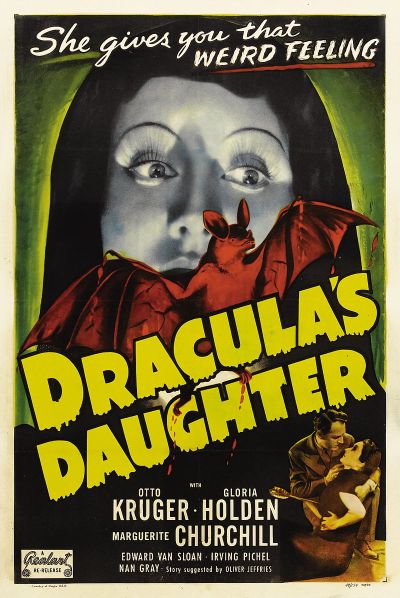
- Nuanced Characters: In films like *Dracula's Daughter*, actresses such as Gloria Holden portray female monsters with deep internal conflicts. These characters exhibit a range of complex emotions and personal struggles, moving beyond the traditional, one-dimensional portrayals of women in horror.
- Exploration of Societal Anxieties: These films reflect contemporary societal concerns such as identity crises, changing power dynamics, and the evolution of gender roles, all through the psychological struggles faced by their characters.
- Themes of Identity and Desire: The characters confront issues of identity and suppressed desires, illustrating how personal fears are interconnected with larger societal challenges.
- Blurring Lines Between Victimhood and Agency: The portrayal of women in these films often shows them as both victims and active participants in their narratives, highlighting the shifting views of women's roles both in society and in film.
These elements collectively enhance our understanding of the genre and its ability to address complex psychological and social issues through its character portrayals.
Horror Films as Feminist Commentary
In 1940s horror cinema, women often transcended traditional gender roles, using their roles in films as vehicles for feminist discourse. These characters were portrayed as complex and empowered, engaging with both supernatural elements and societal expectations that traditionally sidelined women in both the film industry and wider society.
These films did more than merely entertain; they highlighted women's autonomy in a period that frequently ignored their independence. Rather than merely reacting passively to threats, these female characters actively made choices, combated adversaries, and were pivotal to advancing the plot. This evolution in character development paralleled the broader social changes of the time, echoing the increasing calls for gender equality and recognition of women's rights.
Legacy of 1940s Horror Heroines
The heroines of 1940s horror cinema are celebrated not only for their memorable performances but also for their significant contributions to the industry's evolution. Their influence persists, reflecting their roles as early icons of resilience and empowerment in Hollywood.
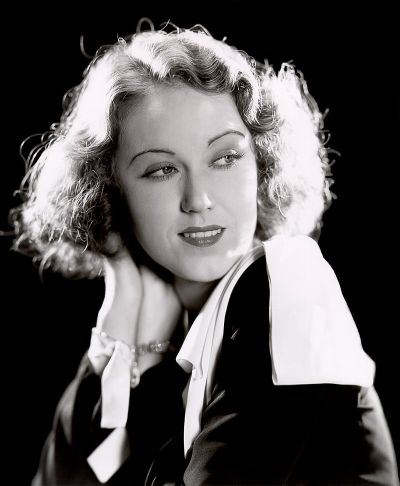
Here's how their legacy endures:
- Representation of Strength: Actresses such as Fay Wray and Evelyn Ankers portrayed characters who embodied not just fear but also the fortitude and tenacity to confront and outlast their cinematic horrors. These portrayals established early examples of strong, enduring women in film.
- Breaking Stereotypes: Performers like Elsa Lanchester in “The Bride of Frankenstein” and Gloria Holden in “Dracula's Daughter” challenged traditional female archetypes by introducing complex, formidable female characters. Their roles as nuanced, powerful entities paved the way for more diverse characterizations of women in horror.
- Inspiring Future Generations: These actresses' pioneering work encouraged many women to explore careers in acting and filmmaking, particularly within the horror genre. Their legacy continues to influence and open doors for women in the industry.
- Highlighting Industry Challenges: The professional struggles these actresses faced, including exploitation and on-set hazards, spotlighted the broader issues within the film industry. Their experiences have contributed to ongoing discussions and actions toward achieving equity and safety in the entertainment sector.
These actresses from the 1940s horror scene did more than act; they left a lasting imprint on Hollywood, promoting strength, sparking change, and inspiring future talent. Their contributions still resonate in today's cinematic landscape.
Conclusion
Women in 1940s horror cinema transcended the typical damsel-in-distress archetype, often portraying complex characters who both embraced and challenged prevailing stereotypes. These roles subtly critiqued societal norms and contributed to a feminist discourse within the genre.
As heroines or antagonists, they influenced the evolution of horror cinema, setting a precedent for the nuanced female characters seen in today's horror films. This legacy highlights the integral role women played in shaping and redefining horror cinema during the 1940s.

